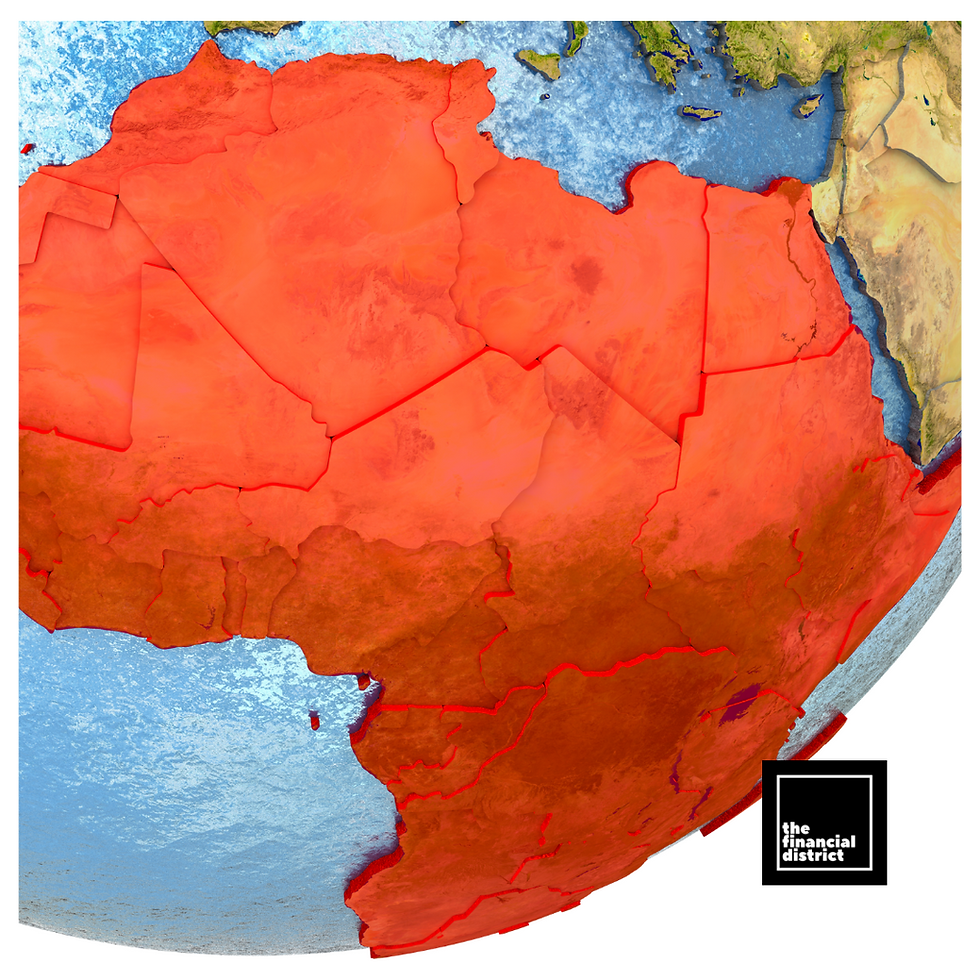AFRICA CORONAVIRUS
- Jul 10, 2020
- 2 min read
COVID-19 infections in Africa have surpassed 500 000, and there is concern as a growing number of countries are experiencing a sharp rise in cases.

So far, in less than five months, the virus has claimed 11 959 lives, overtaking the 11 308 lives lost in the world’s worst Ebola outbreak in West Africa between 2014 and 2016.
Cases have more than doubled in 22 countries in the region over the past month. Nearly two-thirds of countries are experiencing community transmission. Algeria, Egypt, Ghana, Nigeria and South Africa account for about 71% of COVID-19 cases. South Africa alone accounts for 43% of the continent’s total cases.
However, the accelerating growth trend is not uniform across the continent, with some countries recording a steady rise in cases, indicating a protracted pandemic.
Eritrea, Gambia, Mali, Seychelles and Togo are witnessing long doubling times and low growth rates.
Seychelles had not experienced a case in nearly two months, but in the past week had dozens of new imported cases, linked to crew members of an international fishing vessel.
There are also some signs of progress as 10 countries have experienced a downward trend over the past month. Although Egypt accounts for 15 percent of cumulative cases, it has seen a decline in the past week.
“With more than a third of countries in Africa doubling their cases over the past month, the threat of COVID-19 overwhelming fragile health systems on the continent is escalating,” said Dr Matshidiso Moeti, World Health Organization (WHO) Director for Africa.
“So far the continent has avoided disaster and if countries continue to strengthen key public health measures such as testing, tracing contacts and isolating cases, we can slow down the spread of the virus to a manageable level.”
Eighty-eight per cent of COVID-19 infections are among people aged 60 and below, likely due to Africa’s relatively young population. However, the likelihood of dying from COVID-19 rises with increasing age and the existence of co-morbidities, with the risk of death among patients aged 60 years and above being 10 times higher compared with those below 60.





![TFD [LOGO] (10).png](https://static.wixstatic.com/media/bea252_c1775b2fb69c4411abe5f0d27e15b130~mv2.png/v1/crop/x_150,y_143,w_1221,h_1193/fill/w_179,h_176,al_c,q_85,usm_0.66_1.00_0.01,enc_avif,quality_auto/TFD%20%5BLOGO%5D%20(10).png)


